
Avoid a day’s worth of selenium with just three Brazil nuts. This sentence alone will give older adults pause at snack time. Nuts are frequently touted as heart-healthy, nutrition-packed snacks, but nuts are not created equal for older adults. Some nuts come with a hidden threat excessive sugar, salt, or choking hazard that may outweigh its benefit.
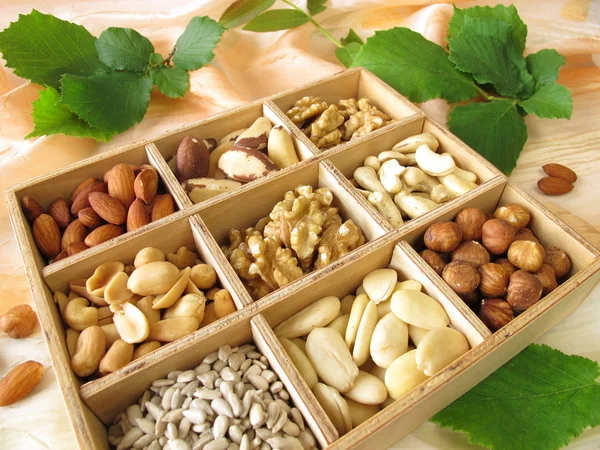
For older adults and caregivers, knowing which nuts to avoid has nothing to do with scare tactics, but with smarter, safer eating for long-term wellness. With increased age, digestion decreases, blood pressure regulation gets more complicated, and diseases such as diabetes or osteoporosis demand increased dietary attention. The wrong nut may subtly betray all those precautionary measures.
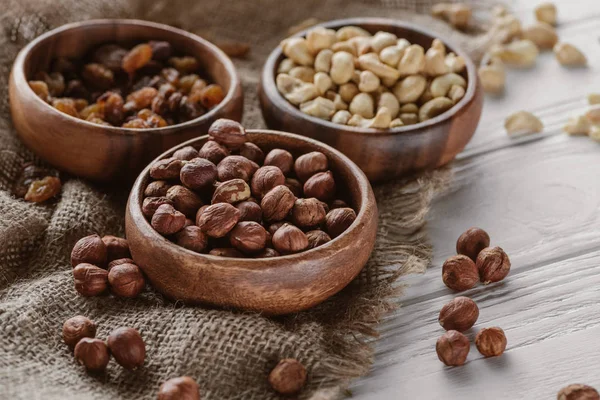
The report looks at six groups of nuts that may be best avoided at mealtime, according to nutritional science, expert advice, and disease data to spell out why they’re dangerous and which others to choose instead.
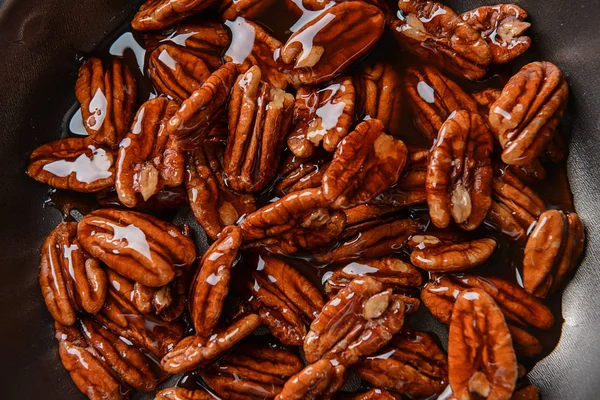
1. Sugar-Coated or Candied Nuts
Sweet drizzles such as honey, caramel, or chocolate transform otherwise nutritious nuts into sugar bombs. They send calorie levels soaring and create instant spikes in blood sugars, a concern for older adults controlling diabetes. Sticky content also has the potential to destroy dental work or enrage sensitive teeth. Controlling glucose after a meal, as advised by the American Diabetes Association, helps avert complications, and sugared nuts don’t help. Raw or dry-roasted nuts sans added sugars maintain their nutritional value with no metabolic penalty.
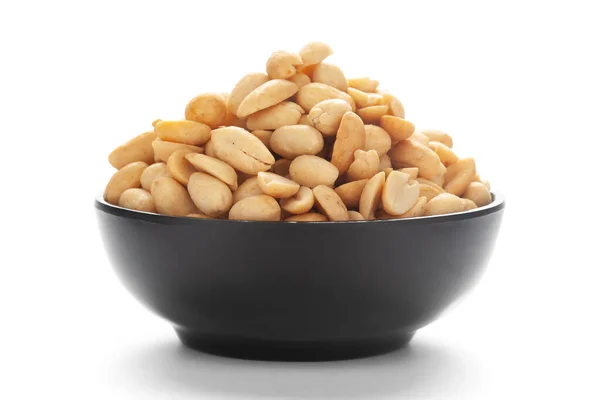
2. Salted Peanuts
The nuts in themselves may form a component of a healthy eating regime, but salted peanuts represent a salt trap. Excessive salt consumption has been implicated with high blood pressure as well as with increased risk for cardiovascular disease and stroke diseases already prevalent in older adults. Indeed, over 70% of nutritional salt originates in canned and boxed products, so salted snack nuts represent a latent contributor. Older adults who are salt-sensitive may prefer unsalted, dry-roasted peanuts to benefit from protein with a minimum of cardiovascular stress.
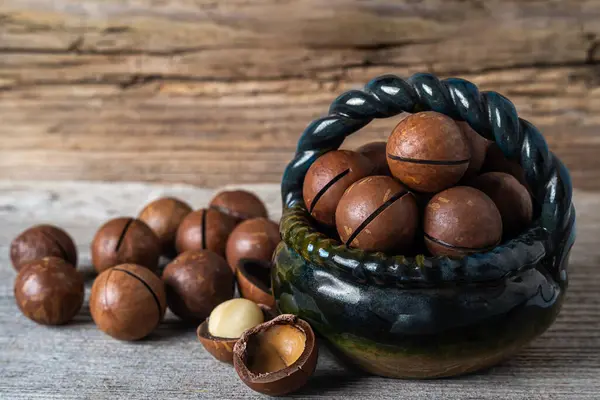
3. Macadamia Nuts
The nuts are buttery rich, but with high fat and calorie content that multiply quickly. A light handful contains over 200 calories as well as over 21 grams of fat. For inactive older adults, this means gradual weight gain, which boosts risk for type 2 diabetes as well as joint stress. While monounsaturated fats are a heart-healthy indulgence, moderation is a must and for most, it’s just simpler to avoid eating them than risk overindulging.
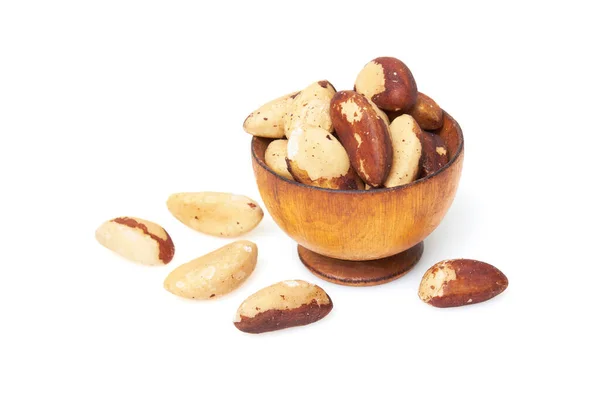
4. Brazil Nuts
Brazil nuts are valued for their selenium content, yet toxicity results at excess. Consuming a few will exceed a day’s recommended allowance, which over time may result in nausea, loss of hair, or nerve impairment. Older adults who already consume multivitamin or vitamin tablets may unconsciously overload their selenium intake. Chronic high intake of selenium has been reported by the National Institutes of Health as having a debilitating effect upon neurological function, making moderation or avoidance a safer bet.
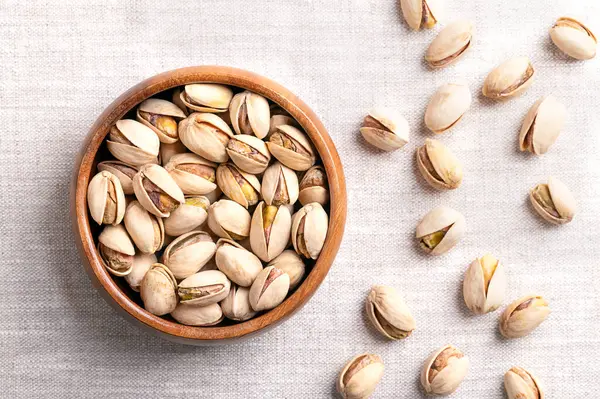
5. Pistachios with Shells
While shelled nuts contain fiber, potassium, and healthy fats, nuts in-the-shell may also pose a mechanical handicap for adults with arthritis or weakened hand strength. Frustration with shell-breaking may open palms or teeth to harm. Added flavorings or salt further exacerbate risk, as flavorings usually contain excess salt. Shelled, unsalted pistachios represent a safer option, with same nutrition but no mechanical strain or hidden salt.
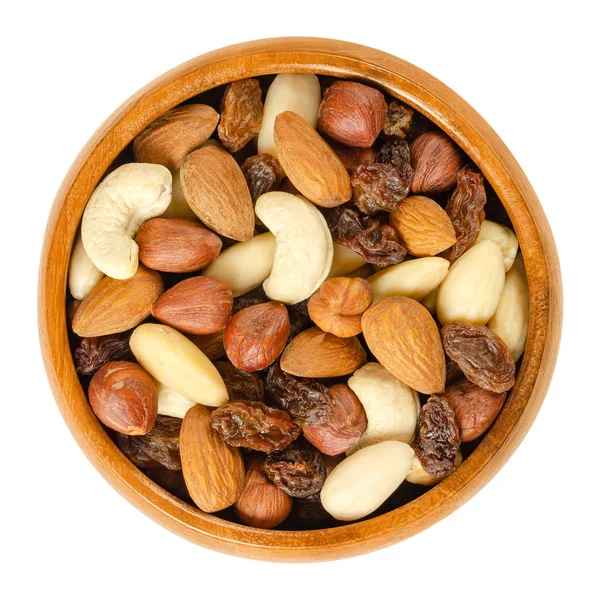
6. Nuts with Additives Mixed
Prepack combinations of nuts may conceal less-than-wholesome inclusions preservatives, added oils, or sugary components such as yogurt-coated fruit and chocolate bits. They may turn a heart-healthy snack food into a high-calorie, high-salt treat. Be a skeptical reader of labels; mixes containing more additives than nuts are best passed on. Plain, unsalted mixes of nuts provide older adults variety with no compromise on nutritional quality.
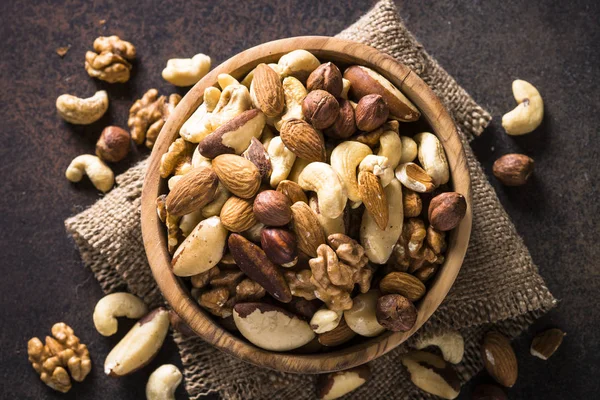
It’s not necessarily no nuts for older adults, but selecting varieties that have a nutritional punch with a minimal added risk. Skipping strongly sugared, strongly salted, or physically taxing varieties, older adults may comfortably maintain nuts as a safe, satisfying component of nutrition. Informed decisions now may mean more stable blood pressure, a more healthy weight, and more dental or gastrointestinal issues further on.


